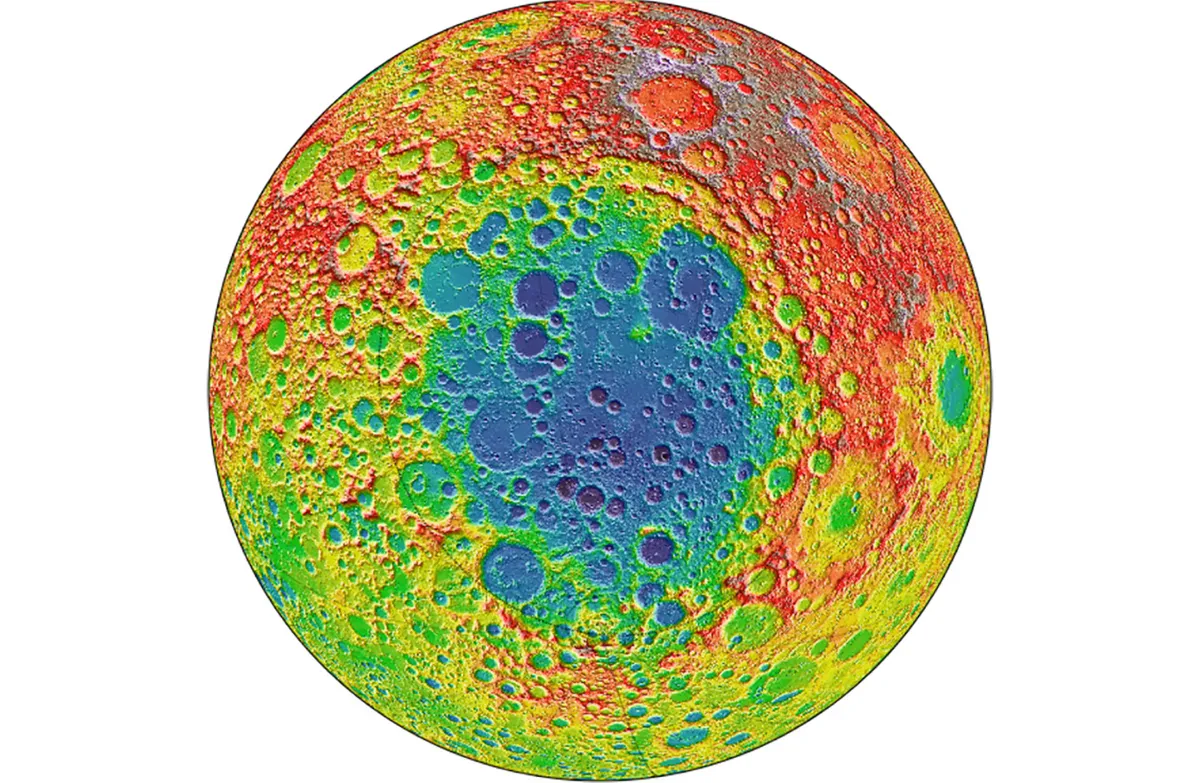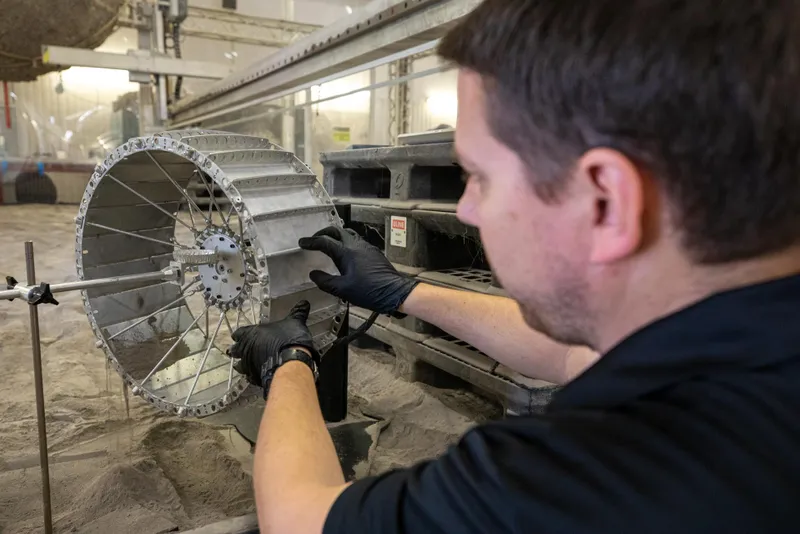Chang'e 6 and VIPER are two missions to the Moon due to launch in 2024, beginning a new era of lunar exploration.
The Moon has had something of a renaissance in the last decade, with more nations and even private companies setting their sights on its grey surface.
Whereas missions in the 1960s and ’70s focused on the well-lit equator and the relative safety of the lunar near side, these new missions are set for a more challenging time.
China's Chang'e 6 and NASA's VIPER rover are set to head to the far side of the Moon and the lunar south pole in 2024, beginning a new era of exploration of our closest celestial neighbour.
Let's take a look at these two new missions to the Moon launching in 2024.
China's Chang'e 6

The first of two missions to the Moon in 2024 will, if all goes to plan, see a sample of lunar material brought back to Earth for analysis.
Around May 2024, the Chinese space agency plans to send its Chang’e 6 sample-return mission to the Moon’s far side.
Its landing site is in the South Pole–Aitken Basin, a 2,500km-diameter, 8km-deep impact crater formed over four billion years ago.
Over its 53-day mission, Chang’e 6 will use a drill to bring up soil samples from up to 2m below the surface.
These will then be stowed in an ascent vehicle, launched into orbit and caught by a lunar orbiter for return to Earth.
This will be the first time planetary geologists have got a close look at rock from the lunar far side, and will help researchers understand the full context of how the Moon has grown and changed over history.

While great care will be taken to ensure samples remain uncontaminated, there are some substances that will melt or boil when brought back to the temperate climes found on Earth.
These so-called volatiles cover a range of very important chemicals such as carbon dioxide, methane and – most critically – water.
Water is vital to both life and many geological processes on Earth, which is why there was great excitement when India’s Chandrayaan-1 orbiter found evidence of water lurking at the Moon’s southern pole in 2009.
The Sun shines low over this region, casting long shadows that create dark corners in craters, untouched by sunlight for billions of years, meaning they’ve been able to trap water from far into the Solar System’s past.
NASA's Volatiles Investigating Polar Exploration Rover

Accessing water on the Moon requires venturing into dark shadowy regions.
This is why NASA’s latest rover, the Volatiles Investigating Polar Exploration Rover (VIPER), the second mission to the Moon launching in November 2024, will be the first planetary rover equipped with headlights.
The mission will also be NASA’s first-ever venture to the southern pole, its first autonomous lunar rover and its first landing mission to the Moon since Apollo 17 in 1972.
Over its 100-day mission, VIPER aims to track down any water and assess its potential both as a scientific tool and as a resource for future lunar missions.
As well as headlights, the rover has a novel drive system that allows each wheel to move independently.
This will help VIPER navigate the loose-packed lunar soil and challenging terrains, change direction without turning and even ‘swim’ through the dust to free itself should it get stuck.

It’s uncertain what form the water could take – ice, frost or mixed in with the lunar soil – but VIPER’s cameras will assess the area for the most promising-looking spots.
It will then drill to bring up material from up to 1m below the surface, using its spectrometers to examine it for water as well as other volatiles and minerals.
From the far side to its darkest corners, the Moon has kept parts of itself hidden for billions of years. In 2024, at least some of its secrets are set to be brought into the light.
Read more about the VIPER rover's construction.
What are your thoughts on the new missions to the Moon? Let us know by emailing contactus@skyatnightmagazine.com

